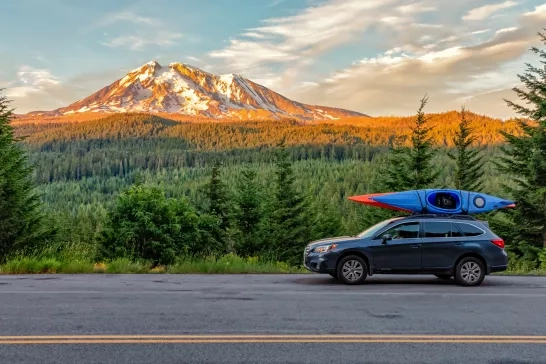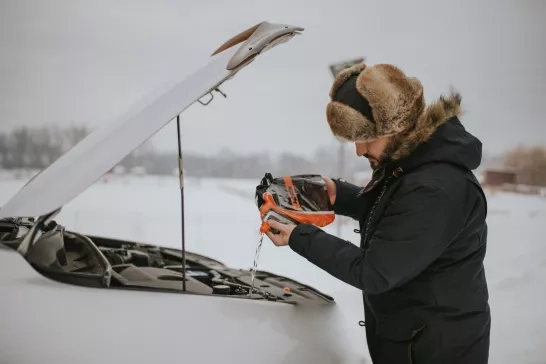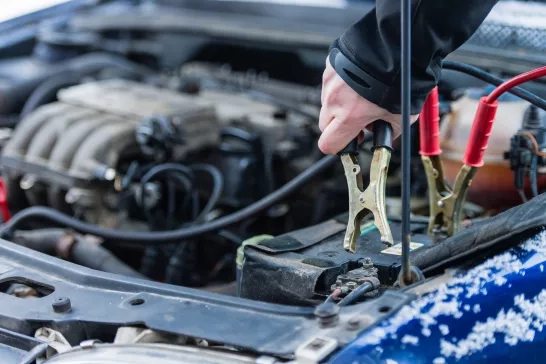
6 Essential winter driving tips
1 Minute Read
Winter driving can be challenging for even the most experienced drivers. Heavy snowfall, combined with cold temperatures and early nightfall, can create dangerous road conditions. Here are the most important tips to help you stay safe when weather and road conditions are hazardous.
Never drive when you’re tired
Get the proper amount of rest before you head out.
Ensure your tires are properly inflated
Check and re-check that your tires are roadworthy before getting behind the wheel.
Keep tank full
Keep your gas tank at least half full to avoid gas-line freeze-up.
Skip cruise control
Do not use cruise control when driving on any slippery surface that is wet, icy or sandy.
Slow down
It takes longer to stop on icy roads. Give yourself plenty of time to get where you’re going.
Keep an emergency kit in your vehicle
Some items to include are a blanket, flashlight, non-perishable food items and first aid supplies.
Call CAA for help
The CAA Roadside Assistance team is well-equipped to deal with all road conditions. But higher call volumes on significantly colder days (below -21ºC) or during snow storms can cause delays. Fortunately, there are a few things Members can do to ensure speedier service for themselves and others. During cold snaps and snow squalls, please remember to:
- Keep driveways clear of snow and ice for easier accessibility
- Clear your vehicle of snow before service; falling snow can be hazardous to other vehicles
- If your vehicle is equipped with a block heater, use it regularly
- Have patience. CAA prioritizes Members stranded in unsafe locations (with nowhere to go to keep warm), followed by Members who are safe. Though wait times can increase during peak periods, CAA will never leave anyone stranded in an emergency situation.
Remember that if wait times are too long during high call volume days, CAA Members may contact their own service and apply for considered reimbursement at CAA’s prevailing rates (terms and conditions apply).




